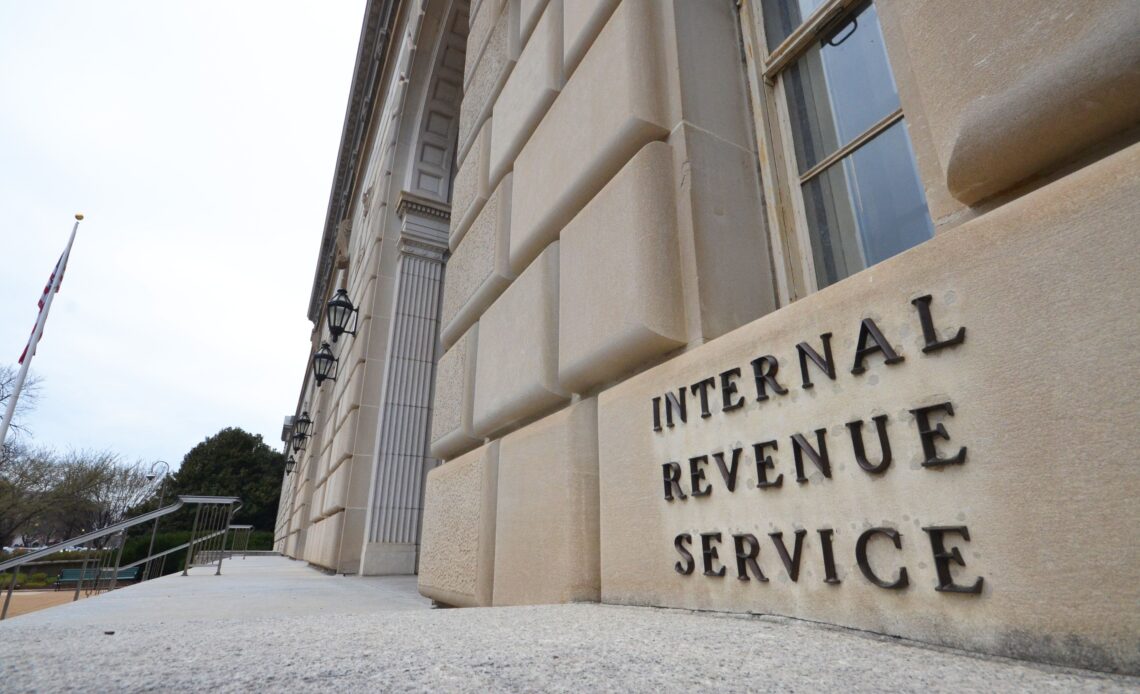Crypto once again doesn’t fit into the regulatory round hole. The proposed 6045 digital asset broker regulations – currently in a comment period – are filled with problematic requirements. A few of them make taxpayer compliance impossible.
This post is part of CoinDesk’s Tax Week 2023. Kirk Phillips is founder of cryptobullseye.zone an education site with crypto crash courses and mastermind coaching for learning mistake-free crypto.
Digital asset brokers must report proceeds and cost-basis on a proposed Form 1099-DA information return like a 1099-B but for digital assets. The complexity of cost-basis reporting creates multiple issues for both brokers and taxpayers creating even more work for the already daunting task of calculating crypto taxes.
Choice of cost basis
The proposed regs clarify taxpayers have two cost basis choices:
- FIFO: The default method deems the oldest purchases as sold first.
- Specific Identification: The taxpayer chooses which digital assets to sell.
Many people in crypto are familiar with FIFO and have already been using it for tax calculations. If taxpayers do not choose FIFO, they get relegated to a “specific identification” where most of the cost-basis issues arise for digital assets.
Specific identification requirements
Taxpayers are responsible for specifically identifying the units of digital assets sold no later than the date and time of the sale, disposition, or transfer regardless of whether a broker is used.
Specific identification must happen before-the-trade NOT after the trade. Taxpayers must dig through their records and mark the specific BTC (or other asset) in their “crypto inventory” they intend to sell. Then the taxpayer makes a trade and repeats the process in a time intensive exercise.
The IRS states, “A specific identification of the units of a digital asset sold, disposed of, or transferred is made if, no later than the date and time of the sale, disposition, or transfer, the taxpayer identifies on its books and records the particular units to be sold…”
If a taxpayer uses a broker they must instruct the broker which digital assets they intend to sell before-the-trade. In the case of a broker taxpayers must:
- Identify and document digital assets in their own records
- Tell the broker to sell the assets they’ve identified
The IRS…
Click Here to Read the Full Original Article at Cryptocurrencies Feed…
























